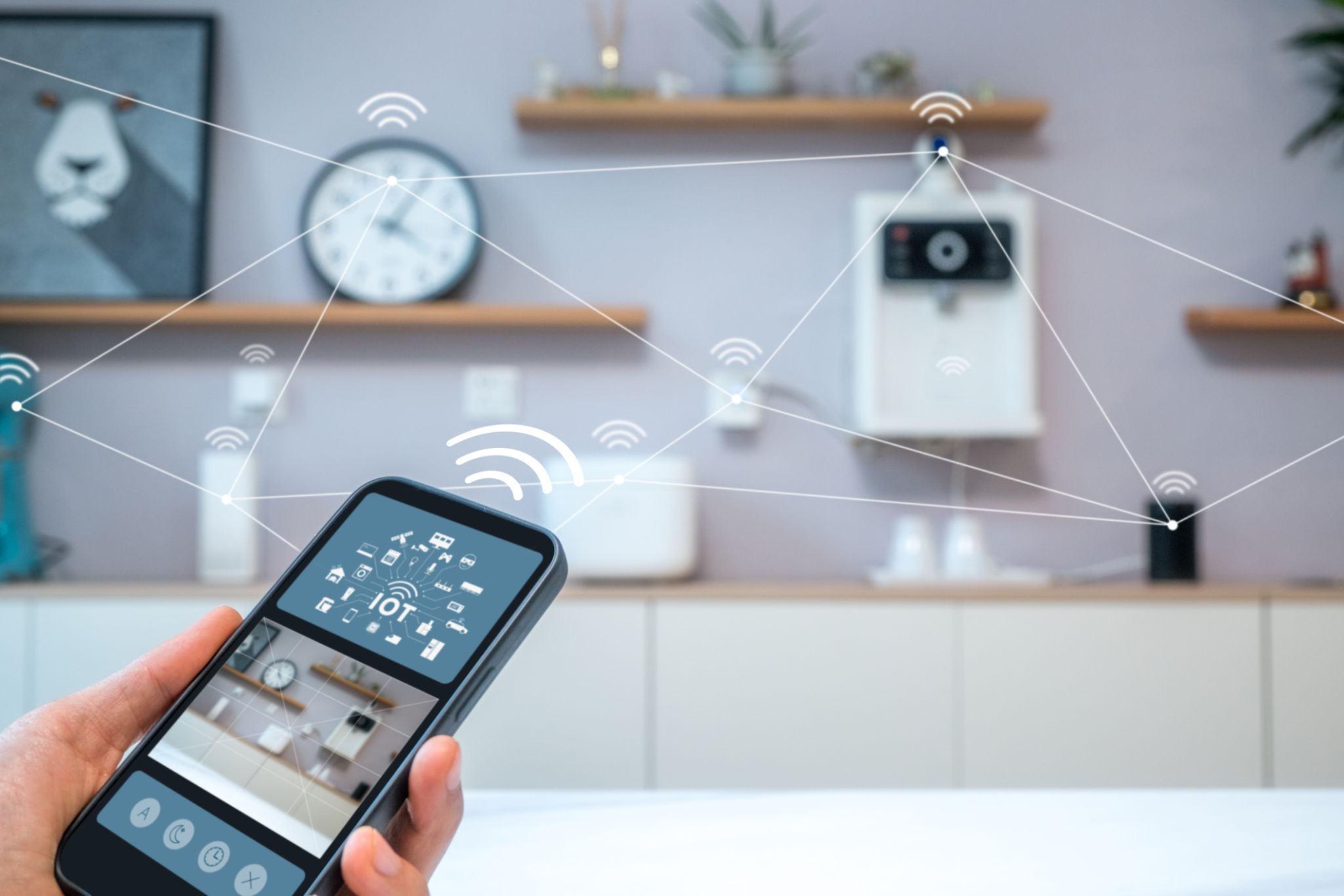Navigating the Virtual Assistant Landscape: Key Trends and Innovations
The Rise of Virtual Assistants
In recent years, the virtual assistant landscape has evolved dramatically, transforming how businesses operate and individuals manage their daily tasks. As technology continues to advance, virtual assistants are becoming smarter, more efficient, and increasingly integral to both professional and personal environments. Understanding the key trends and innovations in this space can help users make the most of these digital aides.

Artificial Intelligence and Machine Learning
The integration of artificial intelligence (AI) and machine learning (ML) is driving significant advancements in virtual assistant capabilities. These technologies enable assistants to learn from user interactions, improving their ability to predict needs and offer personalized recommendations. As AI and ML continue to develop, virtual assistants are expected to become even more intuitive and responsive.
AI-powered virtual assistants can now perform complex tasks such as scheduling meetings, managing emails, and even conducting research. This level of sophistication not only saves time but also enhances productivity by allowing users to focus on more critical tasks.

Voice Recognition and Natural Language Processing
Another critical innovation shaping the virtual assistant landscape is the improvement in voice recognition and natural language processing (NLP). These technologies enable assistants to understand and respond to voice commands with greater accuracy. The ability to process natural language means that users can interact with their assistants in a more conversational manner.
This advancement has broadened the accessibility of virtual assistants, making them indispensable tools in various settings, from smart homes to corporate offices. As voice recognition technology continues to improve, users can expect even more seamless interactions.

Integration with IoT Devices
The Internet of Things (IoT) is another area where virtual assistants are making a significant impact. With the growing number of IoT devices in homes and workplaces, virtual assistants are being used to control everything from lighting and thermostats to security systems and appliances.
This integration allows users to manage multiple devices through a single interface, streamlining operations and enhancing convenience. As more IoT devices become compatible with virtual assistants, the potential for automation and control will expand even further.

Security and Privacy Concerns
Despite the many benefits of virtual assistants, there are ongoing concerns regarding security and privacy. As these devices collect and process vast amounts of personal data, ensuring that this information is protected remains a significant challenge. Users need to be aware of potential risks and take steps to safeguard their data.
Manufacturers are continually working on improving security measures, such as implementing end-to-end encryption and providing users with more control over their data. Staying informed about these developments can help consumers make safer choices when using virtual assistants.
The Future of Virtual Assistants
The future of virtual assistants looks promising as they continue to evolve, becoming more sophisticated and capable. With ongoing advancements in AI, voice recognition, and IoT integration, these digital helpers will likely play an even more prominent role in our daily lives.
As we navigate this rapidly changing landscape, staying informed about the latest trends and innovations will be crucial for maximizing the benefits that virtual assistants offer. Embracing these technologies can lead to improved efficiency, convenience, and productivity across various aspects of life.